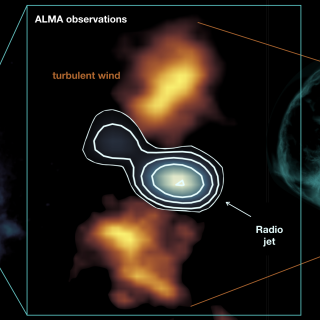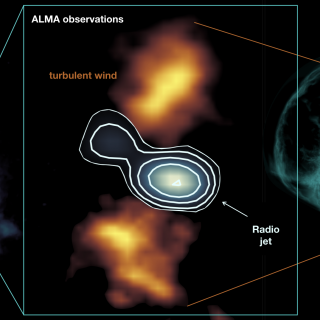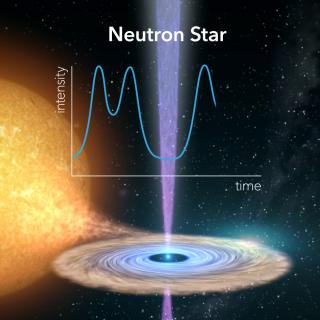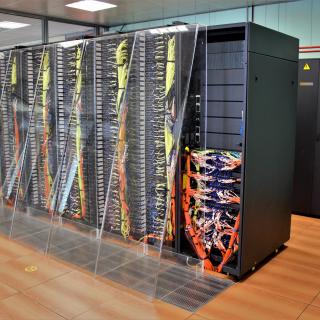
The Japanese ambassador to Spain, Takahiro Nakamae, visited the Roque de los Muchachos Observatory (ORM) in the municipality of Garafía (La Palma) last weekend, 25th and 26th March. The Japanese delegation was completed by Kensuke Katsuda, Second Secretary; Yoji Kitamura, Councillor for Economic Affairs and Akira Kusunoki, Consul of Japan in Las Palmas de Gran Canaria. They were received by the director of the IAC, Rafael Rebolo, the vice-director, Casiana Muñoz and the administrator of the ORM, Juan Carlos Pérez Arencibia. The ambassador's visit began with a meeting with the president of
Advertised on




